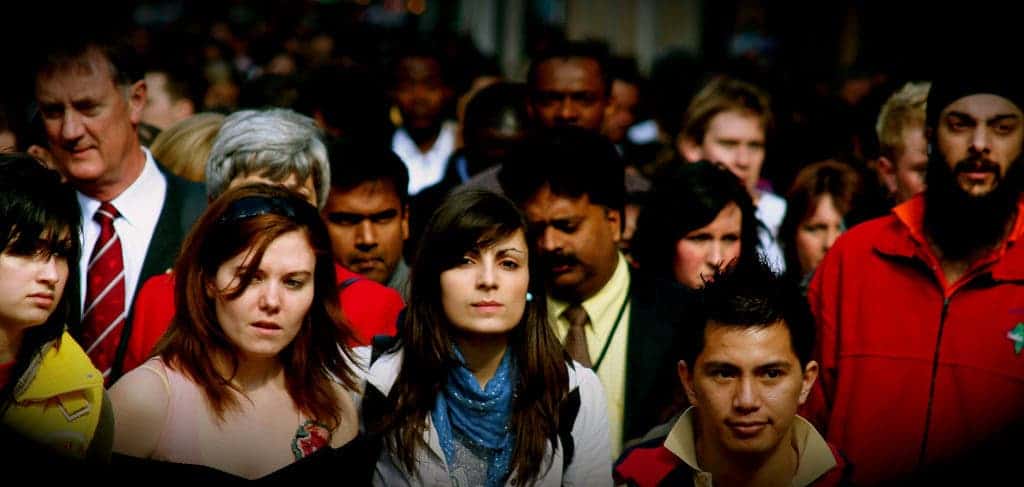What makes for a good society, with well-off, happy people? Of course, there’s no simple and straightforward answer. But a new Yale study found that communities that offer racial diversity, access to preventive health care, and public transportation, are much more likely to report high levels of wellbeing.

Of course, when talking about people’s wellbeing, things like income and education are always going to be towards the top of the list — but that’s only half of the battle. In a new study, researchers identified 12 attributes strongly and independently associated with
“We came up with attributes that explained a large portion of the variation we see in well-being,” said first author and assistant professor medicine Brita Roy, M.D. “Several factors were related to income and education, which is expected. But we also found that attributes related to the community environment and the way people commute and variables related to health care were linked to well-being.”
Among these attributes, researchers note that access to preventive health care and easily available health centers was towards the top of the list. People also reported sentiments of satisfaction and fulfillment when they can take a bike or public transport to work, compared to others who drove to work.
Also, diversity seemed to also play a key role in overall satisfaction. Living in a community with a higher percentage of black residents was associated with greater well-being for all — something which directly the current approach of many US policymakers.
While the study only establishes a correlation and doesn’t directly show that those elements are the source of the wellbeing, the correlation is very strong, researchers say.
“The results of this study represent a step forward in our understanding of how we may efficiently and effectively improve well-being through community-based action,” said Carley Riley, M.D., co-author and assistant professor at Cincinnati Children’s Hospital Medical Center.
Researchers hope that lawmakers will take their findings into account and implement suitable policies in their communities.
“To improve the well-being of a community, you need to work across multiple sectors and fields, to include the economy and health care and urban planning and transportation,” said Roy, who points to examples of communities in Richmond, CA, and Chittenden County, VT, that have taken this approach to health. “Working across different groups, in coalitions, has the greatest potential to improve health and quality of life.”
The study has been published in the journal PLOS ONE.






